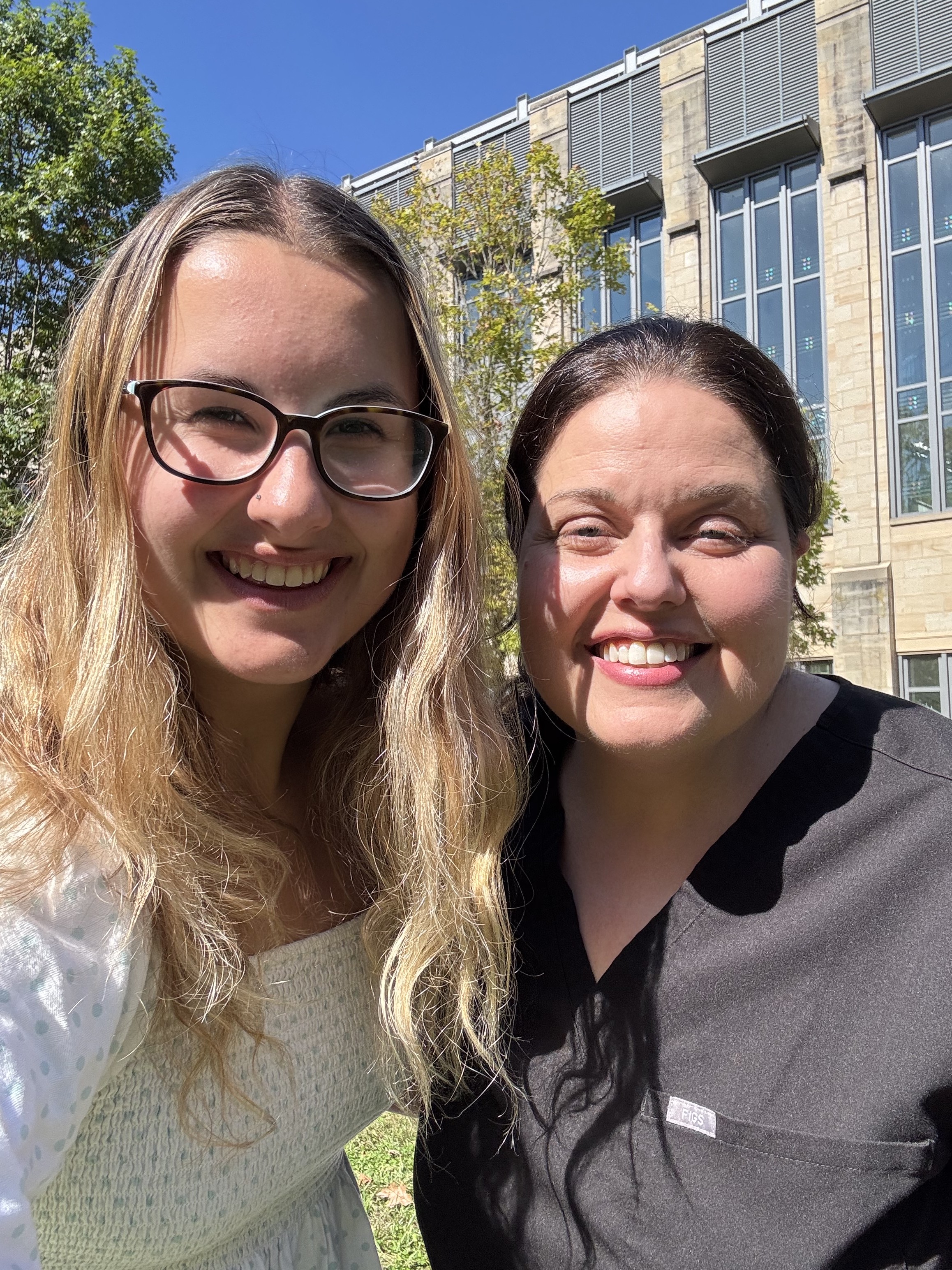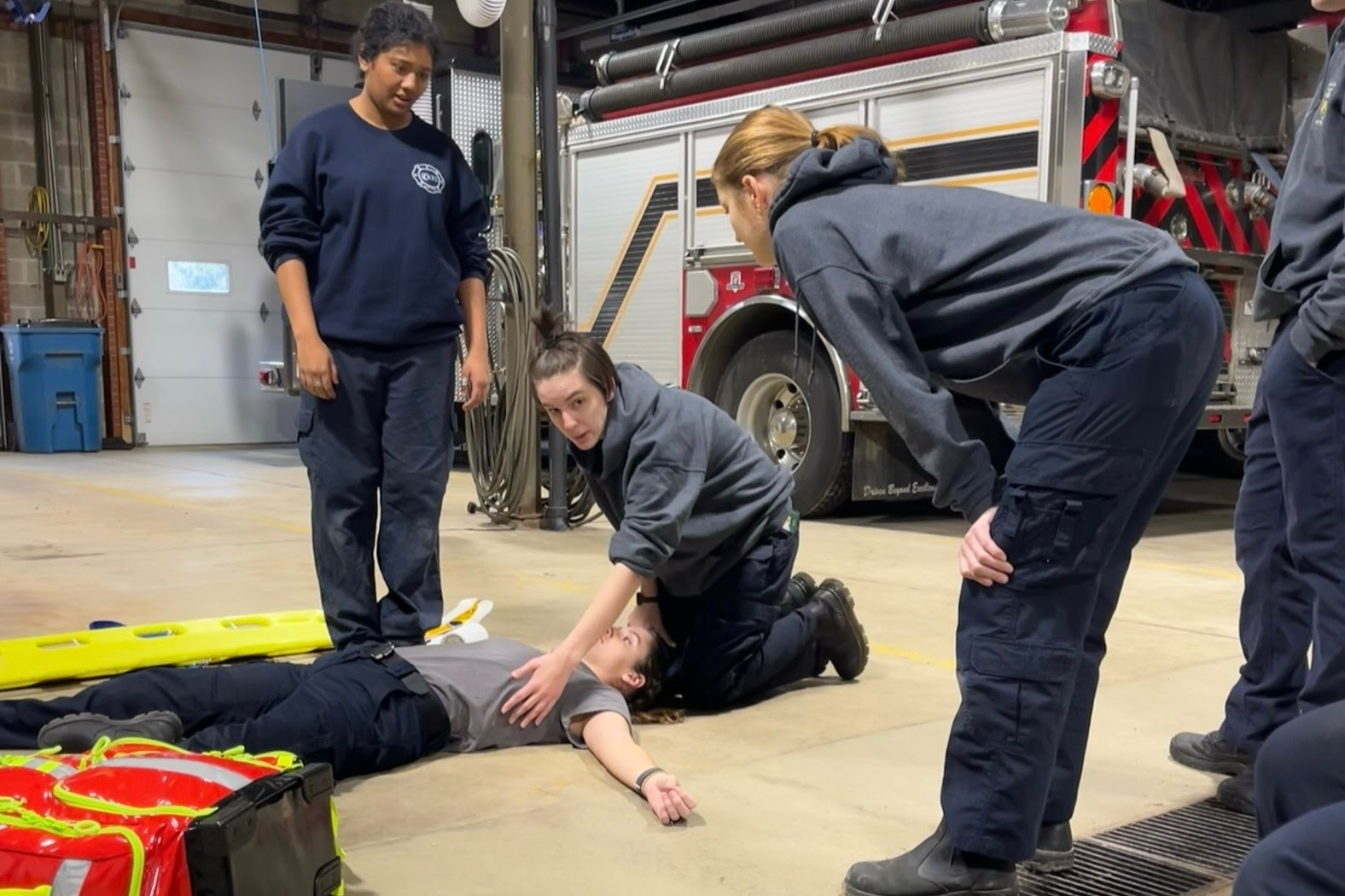There may be no perfect prescription for getting into medical school or allied health programs, but numerous hands-on experiences available to Kenyon students are designed to offer an important boost.
And the results are showing: Last year, applicants from the College received a first-ever 100 percent admit rate. From 2019-2024, 80 percent of medical school applicants from Kenyon were accepted — about twice the national average.
Interest in healthcare careers among Kenyon students is high — data from the Career Development Office (CDO) shows it to be the second-most popular field — and so are the number of related support structures in and out of the classroom, whether it’s advising students, connecting them to medical professionals, facilitating volunteer opportunities, or creating chances for meaningful research.
“The success of our students in the application process has a lot to do with the high level of support and access to opportunity they receive throughout their Kenyon experience,” said Sara Stasko, senior director of pre-health advising in the CDO. “Between faculty, alumni, their peers, the CDO, and the local community, they are set up to achieve exceptional outcomes post-graduation.”
Helping along the way is KC-Meds, the College’s student-run pre-health club, whose goal is to connect pre-med and pre-health students with others in the industry.
Sometimes that happens by facilitating volunteer opportunities at Knox Community Hospital in nearby Mount Vernon; at others, it’s by bringing alumni expertise into the mix through events like its “Scrubs and Stories” speaker series. Dr. Daniel Akuma ’04, a clinical pathology resident in Philadelphia, will be featured in the series’ next installment on Oct. 20.

KC-Meds President Ella Salvino ’26 knows the value of these connections as much as anyone. A biology major from Canton, Ohio, who wants to be a pediatrician, she shadowed Dr. Maggie Somple ’99 at Knox Community Hospital for an entire year, spending one day a week with her to learn more about the life of a pediatrician.
“It was fantastic,” Salvino said. “I loved being able to get into a groove and really see the routine of the practice and also seeing repeat patients — fostering that connection, getting to know them, being able to talk to both patients and their parents.”
Students must complete hundreds of volunteer clinical hours before applying for medical school, and Somple said that forging connections with working physicians along the way is more important than ever. She has mentored a handful of Kenyon students and hopes to connect with even more in the future.
“There’s something about a liberal arts education that makes really phenomenal physicians,” she said. “We just need more.”
